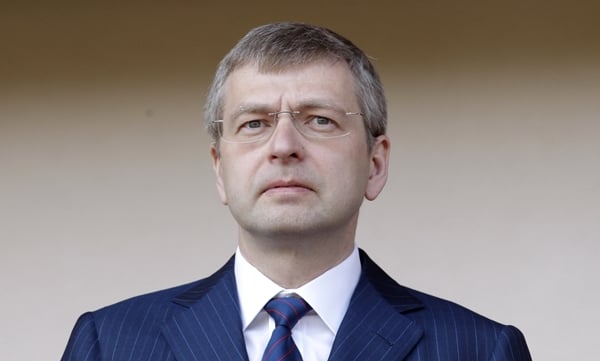
Russian tycoon Dmitry Rybolovlev is having a good month. Earlier this June, a Swiss court slashed what has become known in 2014 as the “most expensive divorce in history” from $4.4 billion to “only” $603 million, according to the Wall Street Journal.
A Geneva court ruled that the ex-wife of the oligarch and owner of top-tier soccer club AS Monaco is not entitled to half of the vast sums which Rybolovlev had placed in Cyprus-based trust funds before she launched the divorce proceedings, the Telegraph reports.
Now, a Singapore High Court has given Rybolovlev the go-ahead to pursue an injunction restraining former Freeport leader Yves Bouvier from transferring his assets from Hong Kong, the South China Morning Post reports.
Rybolovlev is taking the step as part of the worldwide injunction to prevent Bouvier from removing assets worth up to $500 million.
Yves Bouvier.
Courtesy Suisse-entrepreneurs.com
“The factual circumstances raise a very strong case of breach of fiduciary duty or deceit. That is a factor that the court is entitled to take into account in determining the risk of dissipation,” deputy Judge John Saunders wrote in the judgment.
Rybolovlev believes that Bouvier allegedly pocketed $1 billion in secret profits from several art sales, including a Leonardo da Vinci purchased for $127 million, and which Rybolovlev claims Bouvier had bought for $50 million.
He launched the case against Bouvier after he found out by chance that a painting by Amedeo Modigliani, which he had purchased in 2012 for $118 million, was offered by the seller for only $93.5 million.
Rybolovlev’s extensive collection included works by da Vinci, Henri Matisse, Pablo Picasso, Claude Monet, Pierre-Auguste Renoir, Modigliani, Edgar Degas, Paul Gauguin, Henri de Toulouse-Lautrec, Gustav Klimt, Auguste Rodin, El Greco, and Mark Rothko.
Geneva Freeports
Photo via: Geneva-freeports.ch
Bouvier was arrested in Monaco in February on charges of fraud and complicity in money laundering.
The Swiss Freeport king may be embroiled in another legal case launched by Catherine Hutin-Blay, a stepdaughter of Picasso. She is accusing Paris dealer Olivier Thomas—who is also Bouvier’s partner—of allegedly stealing artworks from her collection.
The case has taken an unexpected turn when the Art Newspaper recently released a shocking report on the erratic and questionable research methodology employed by the Art Loss Register. The report involves the case of the missing artworks reported by Hutin-Blay, which appear to have turned up in the collection of Rybolovlev.